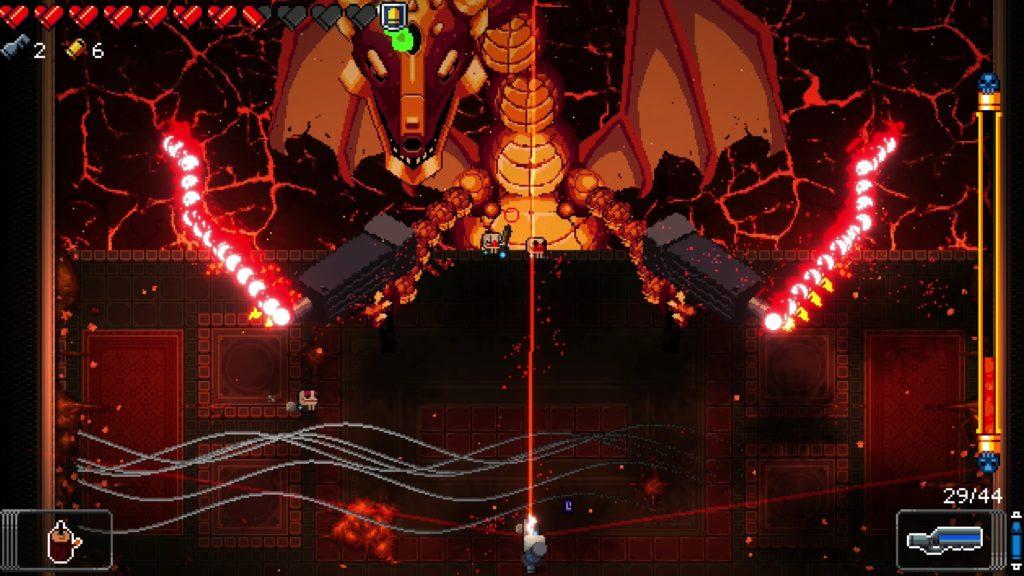Creating Fish Reproduction was an exciting and challenging process. I approached the project with curiosity about what we could teach through gameplay, but I didn’t fully appreciate the depth of effort required to design a game that was not only educational but also engaging, fair, and replayable. This experience taught me how to balance learning goals with fun and player engagement, and it gave me a deeper understanding of teamwork in game design.
My primary focus was on ensuring the game mechanics were balanced and fair. To achieve this, I used Python to simulate over 10,000 games, iterating until all species had near-equal chances of success. Balancing was important to me because I wanted every player to feel their choices mattered and that no single species had an inherent advantage. This required thoughtful adjustments, like introducing energy costs for resource collection and tweaking reproduction mechanics to create meaningful trade-offs.
Playtesting was both enlightening and humbling. Initially, I struggled with impatience when players made what I perceived as “silly” decisions. However, I realized these outcomes were valuable feedback. If players misunderstood mechanics or found the game unengaging, it pointed to areas that needed refinement. For example, early feedback revealed that the game lacked strategic depth and felt too repetitive, leading us to add event cards that increased competition and unpredictability. Later feedback highlighted the importance of clearer rules and pacing, which we addressed by rewriting instructions and limiting the number of rounds.
Working with a team was a unique part of this project. Each member brought distinct strengths: Zoe focused on the educational aspects and design, Jason worked on aesthetics, and I concentrated on the game’s mechanics and dynamics. Our initial brainstorming sessions were challenging because we all thought about the game differently. Over time, we divided responsibilities based on our strengths, which allowed us to focus on our individual areas while creating a cohesive final product. The collaboration underscored how diverse perspectives can strengthen a project when everyone is aligned on the ultimate goal.
Feedback from players was central to improving the game. Early playtests revealed the need for energy mechanics to make resource collection more strategic, while later tests emphasized the importance of pacing and clarity. For example, reducing the size of the reef bank sped up gameplay and increased competition, while clearer instructions made the game more accessible to new players. These changes not only improved the mechanics but also enhanced the educational aspects by making the challenges of resource management and ecosystem dynamics more tangible.
This project highlighted the value of iteration, collaboration, and balancing educational goals with player engagement. I learned to appreciate how playtesting can reveal unexpected issues and how small changes can significantly impact player experience. I also recognized the importance of stepping back during playtests to let players explore the game on their own, as this provided more authentic feedback.
Going forward, I plan to apply these lessons to other projects. Frequent playtesting and incremental changes are invaluable not only in game design but in any iterative process. I also see potential for using games like Fish Reproduction to teach complex systems in other contexts, from sustainability to economics.
Fish Reproduction was more than just a teaching game; it was an opportunity to explore creativity, collaboration, and problem-solving. Watching players strategize, adapt to challenges, and engage with the educational elements was incredibly rewarding. This experience deepened my appreciation for the power of games to teach, and I look forward to building on these insights in the future.



